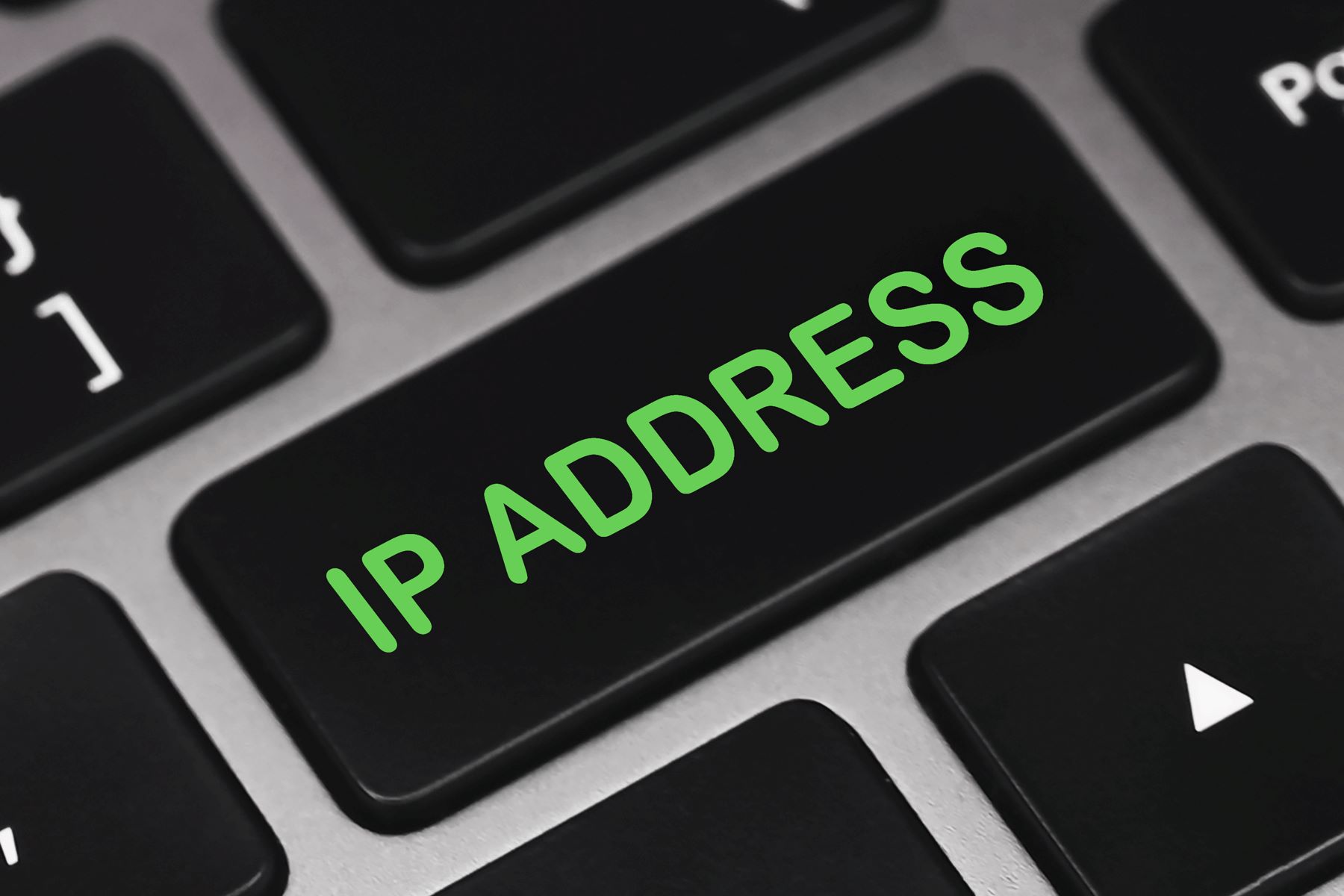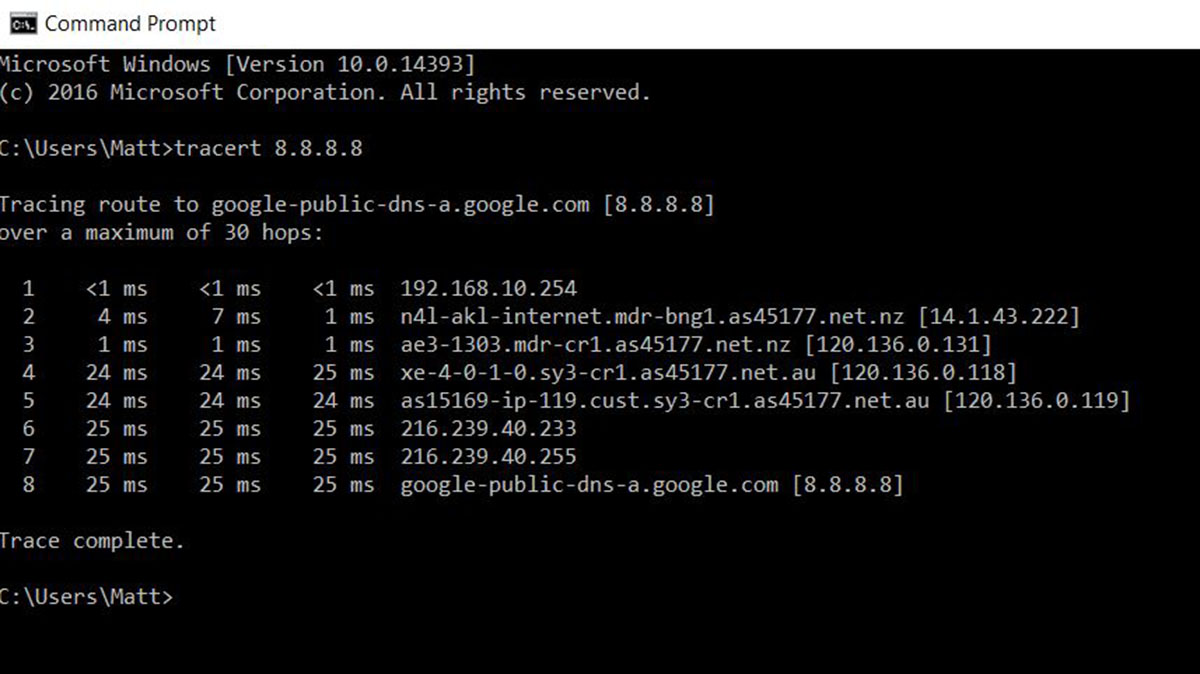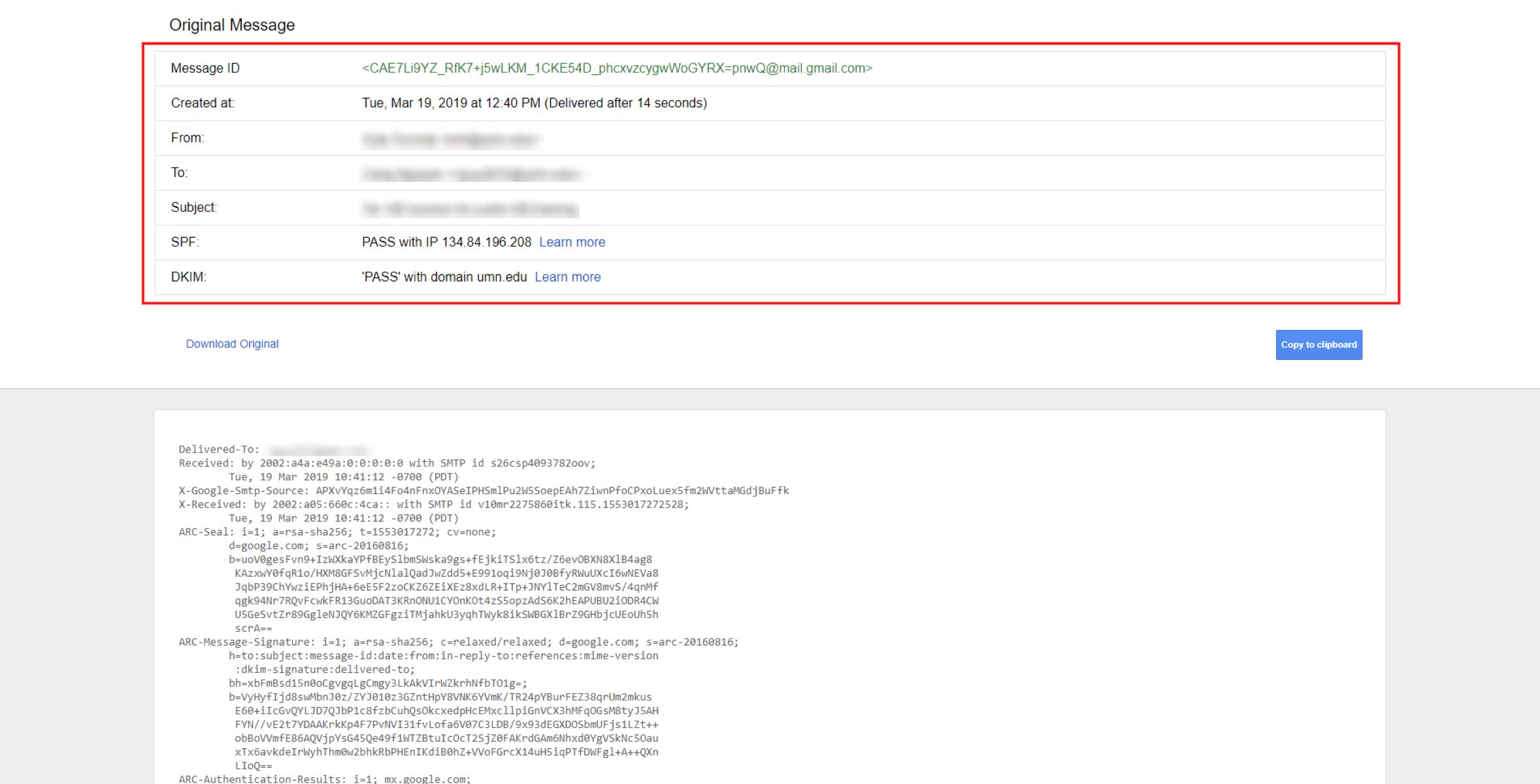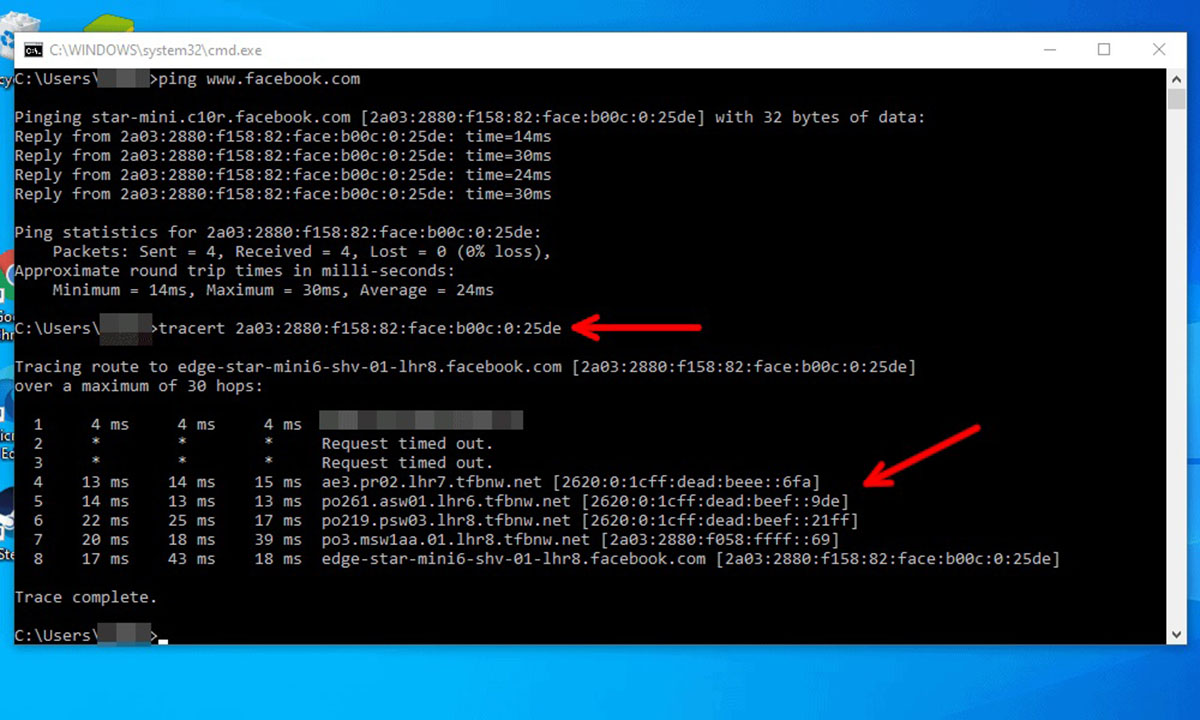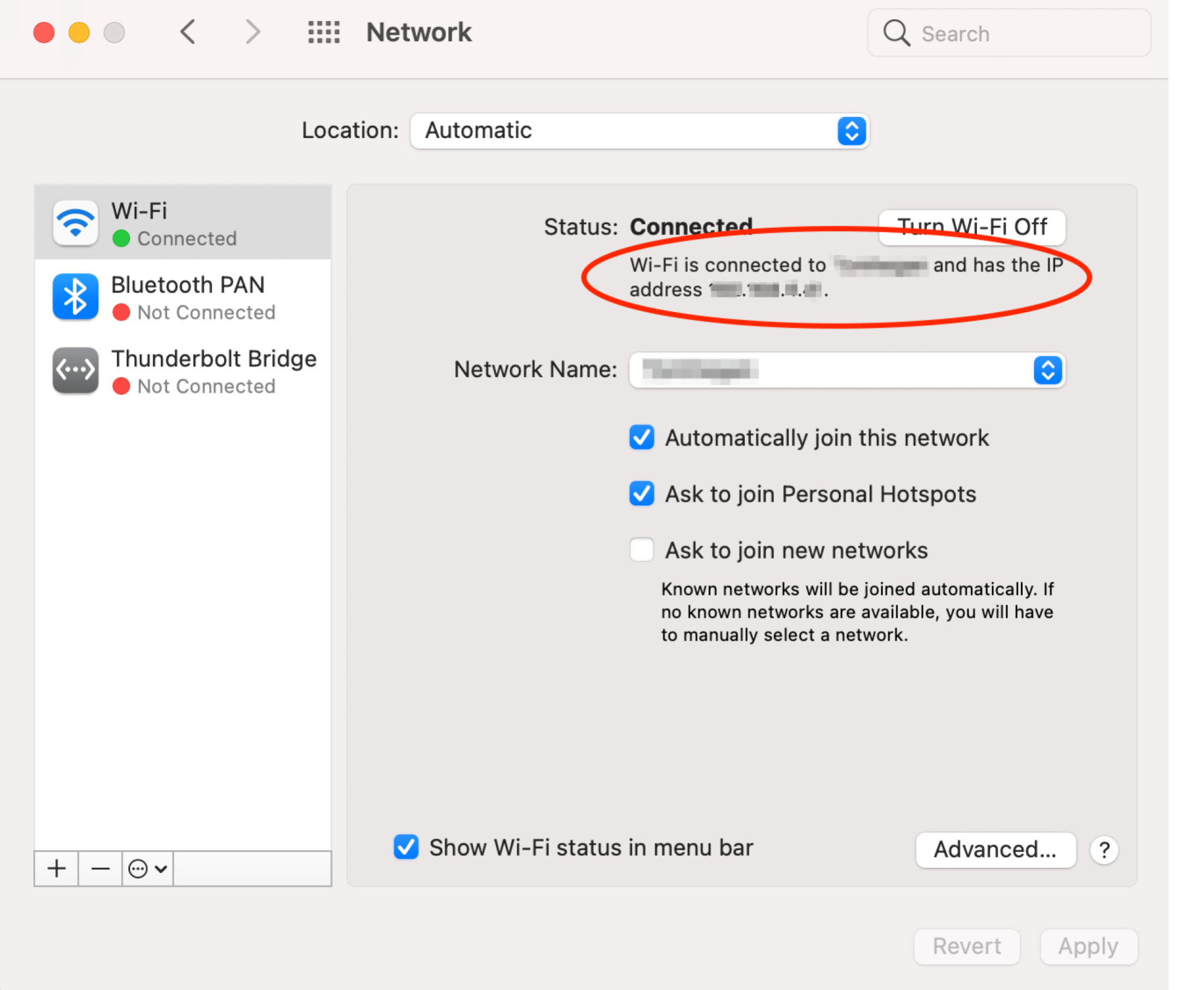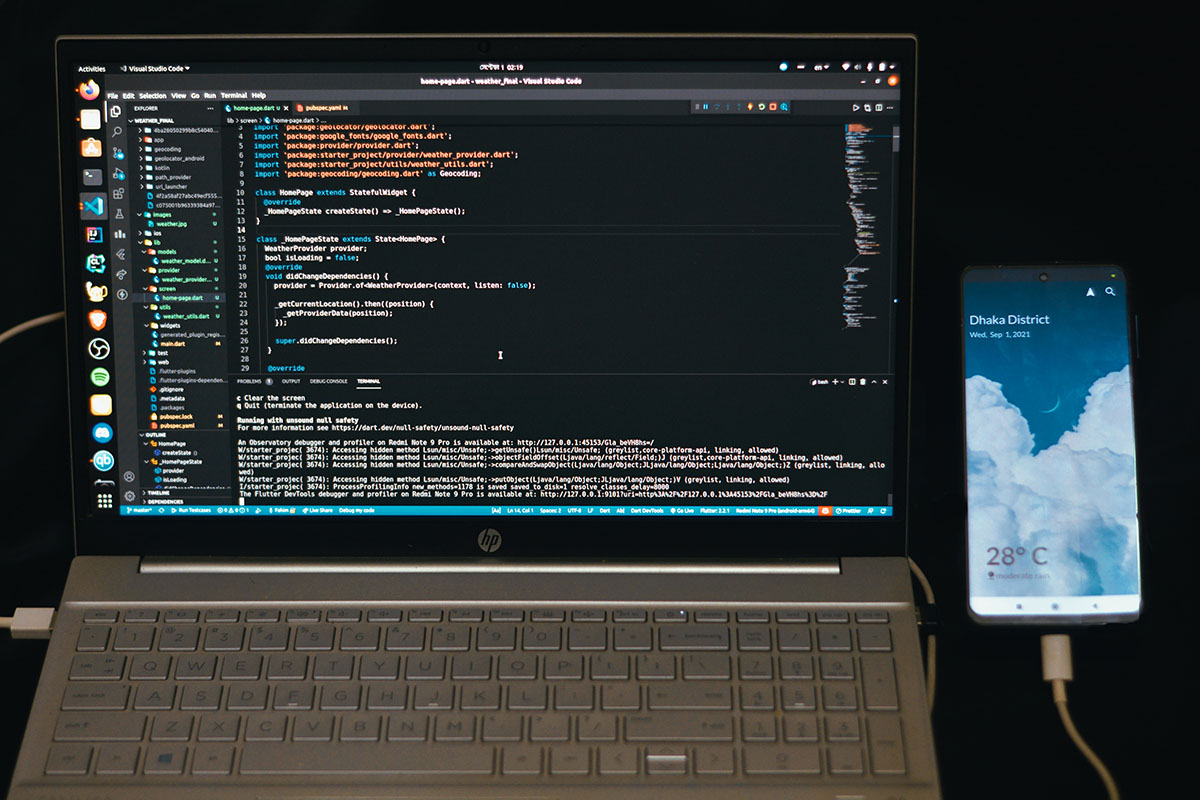Introduction
Tracing an IP address from an email can be a useful skill for many reasons. Whether you’re dealing with suspicious emails, online harassment, or investigating potential threats, knowing how to trace an IP address can provide valuable information about the sender’s location and identity.
But what exactly is an IP address? An IP address, short for Internet Protocol address, is a unique numerical identifier assigned to every device connected to the internet. It acts as a digital fingerprint, allowing devices to communicate with each other over the network. By tracking the IP address of an email sender, you can uncover clues about their location and internet service provider.
Tracing an IP address from an email involves examining the email headers. Email headers contain a wealth of information about the email’s origin, including the IP address of the sender. While the process may seem complex, there are online tools and techniques available to simplify the task.
In this article, we will explore how to trace IP addresses from email headers step-by-step. We will also discuss the use of online tools and different methods depending on the email platform you are using. Additionally, we’ll provide helpful tips for successfully tracing IP addresses and address some legal considerations to be aware of.
Whether you’re an individual seeking to protect your online privacy or a professional in cybersecurity or law enforcement, understanding how to trace IP addresses from emails can be a valuable skill in today’s digital world.
Understanding IP addresses
Before diving into the process of tracing IP addresses from email headers, it’s essential to have a basic understanding of what an IP address is and how it works.
An IP address is a numerical label assigned to each device connected to a computer network that uses the Internet Protocol for communication. It serves as a unique identifier, enabling devices to send and receive data across the internet.
IP addresses can be categorized into two types: IPv4 and IPv6. IPv4 addresses are composed of four sets of numbers ranging from 0 to 255, separated by periods. For example, 192.168.0.1. On the other hand, IPv6 addresses are longer and written in hexadecimal format, including both numbers and letters.
Each IP address is associated with a particular location and internet service provider (ISP). By analyzing an IP address, you can get valuable insights into the approximate geographical location of the device or network.
However, it’s important to note that IP addresses do not provide precise location information. The accuracy of IP geolocation can vary, as IP addresses can be associated with a specific organization or ISP rather than an individual device. Additionally, IP addresses can be dynamic, meaning they can change over time.
IP addresses are essential for routing data packets between devices on a network and across different networks on the internet. When you send an email, your IP address is included in the email’s headers, along with other technical information such as the email server’s IP address and the time and date of the email.
Tracing an IP address from an email involves analyzing these headers to gather information about the sender’s IP address and potentially their physical location. By learning how to decipher email headers and trace IP addresses, you can gain valuable insights into the source of the email and potentially uncover the identity of the sender.
Understanding the basics of IP addresses is crucial for successfully tracing them from email headers. In the following sections, we will explore the techniques and tools you can use to unravel the mystery behind an email’s origin and IP address.
How to locate IP address in email headers
Locating an IP address within email headers is the first step in tracing its origin. Email headers contain a wealth of information, including the sender’s IP address and other technical details. Here’s how you can locate the IP address in email headers:
- Open the email in question: Start by opening the email you want to trace in your preferred email client or web-based email service.
- Access the email headers: In most email clients, you can access the email headers by clicking on the “Options” or “More” button, which will display a dropdown menu with an option to view the email headers.
- Locate the “Received” field: Look for the section of the email headers labeled “Received” or “Received From”. This field typically contains information about the servers through which the email traveled before reaching your inbox.
- Identify the IP address: Within the “Received” field, you will find one or more IP addresses listed. The IP address listed near the top of the list is usually the sender’s IP address.
- Verify the IP address: To ensure you have identified the correct IP address, you can use online IP lookup tools or reverse IP lookup tools to verify the location and ISP associated with the IP address.
By following these steps, you can locate the IP address within the email headers. This IP address can provide valuable information about the sender’s location and identity.
Keep in mind that emails often pass through multiple servers before reaching their destination, so the IP address you identify may not belong to the original sender. However, it can still provide important clues to aid in your investigation.
Now that you know how to locate the IP address in email headers, let’s explore the use of online tools to further trace and analyze IP addresses.
Using online tools to trace IP addresses
When it comes to tracing IP addresses from email headers, there are various online tools available that can simplify the process and provide additional information. These tools can help you gather more details about the IP address, such as the geographic location and ISP. Here are some popular online tools you can use:
- IP Lookup tools: These tools allow you to enter an IP address and retrieve information about its geographical location, ISP, and other relevant details. They can provide a general overview of the IP address’s origin and help you verify if it matches the information obtained from the email headers.
- Reverse IP lookup: Reverse IP lookup tools allow you to enter an IP address and retrieve a list of domain names associated with that IP. This can be useful if you want to identify other websites or services hosted on the same IP address, potentially providing further clues about the sender.
- Geolocation services: Geolocation services use IP address data to map the approximate physical location of a device or network. These services can provide insights into the country, region, and city associated with an IP address. However, keep in mind that the accuracy may vary, especially if the IP address is associated with an organization or ISP rather than an individual user.
- WHOIS Lookup: WHOIS lookup tools allow you to retrieve registration details of a domain name or IP address. By performing a WHOIS lookup, you can access information such as the domain registrant, contact details, and even the organization responsible for the IP address.
These online tools can aid in gathering additional information about an IP address, helping you gain a better understanding of the sender’s location and potential identity. However, it’s important to note that the accuracy of the information obtained from these tools may vary, and they should be used as a guide rather than definitive proof.
Now that we have explored the use of online tools, let’s move on to discussing how you can trace IP addresses on different email platforms.
Tracing IP addresses on different email platforms
The method of tracing IP addresses from email headers can vary depending on the email platform or client you are using. Let’s explore how you can trace IP addresses on some popular email platforms:
- Gmail: In Gmail, you can view the email headers by opening the email and clicking on the three vertical dots at the top-right corner. From the dropdown menu, select “Show Original” to display the email headers. Look for the “Received” field to identify the sender’s IP address.
- Outlook: To view email headers in Outlook, open the email and click on the “File” tab. From the drop-down menu, select “Properties” and navigate to the “Internet Headers” section. Here, you will find the email headers, including the sender’s IP address in the “Received” field.
- Yahoo Mail: In Yahoo Mail, open the email and click on the three dots (More options) at the top-right corner. From the menu, select “View Raw Message” to view the email headers. Look for the “Received” field to locate the sender’s IP address.
These are just a few examples, and the steps may vary slightly depending on the specific version of the email platform you are using.
Regardless of the email platform, it’s important to note that some email providers may strip or modify email headers for privacy or security reasons. In such cases, you may not be able to retrieve the sender’s IP address directly from the email headers. However, you can still try the methods mentioned earlier, such as using online tools to trace the IP address.
To ensure successful IP tracing, it’s always recommended to consult the help or support section of your specific email platform for guidance on accessing email headers.
Now that you know how to trace IP addresses on different email platforms, let’s dive into some useful tips for effectively tracing IP addresses from emails.
Tips for tracing IP addresses from emails
Tracing IP addresses from emails can be a complex process, but with the right approach, you can increase your chances of success. Here are some tips to help you effectively trace IP addresses:
- Examine email headers thoroughly: Carefully analyze the email headers and look for the “Received” field to locate the sender’s IP address. Pay attention to any additional IP addresses listed, as they can provide valuable information about the email’s routing path.
- Verify IP address information: Use online IP lookup tools or reverse IP lookup tools to verify the information obtained from the email headers. Confirm the geographical location and ISP associated with the IP address to ensure accuracy.
- Consider multiple sources: If the information obtained from the email headers is inconclusive or untraceable, consider using alternative sources such as social media profiles or online forums to gather additional information about the sender.
- Document your findings: Maintain a record of all the IP addresses, timestamps, and email headers you gather during the tracing process. This documentation will be useful if you need to report the incident to law enforcement or pursue legal action.
- Seek professional assistance if needed: If you encounter any difficulties in tracing an IP address or require expert guidance, consider seeking assistance from cybersecurity professionals, law enforcement agencies, or legal advisors who specialize in the field.
- Respect privacy laws and ethical guidelines: When conducting IP tracing, it is important to adhere to privacy laws and ethical guidelines. Avoid using the traced information for any malicious activities and ensure that you are legally authorized to perform the tracing.
By following these tips, you can enhance your ability to trace IP addresses from emails effectively. Remember, the process may not always guarantee definitive results, but it can provide valuable insights and evidence to support your investigations.
Now that we have discussed the tips for tracing IP addresses, it’s crucial to address the legal considerations associated with IP tracing.
Legal considerations when tracing IP addresses
Tracing IP addresses from emails can be a powerful tool for investigation and identifying potential wrongdoers. However, it’s important to be aware of the legal considerations associated with IP tracing to ensure that you stay within the boundaries of the law. Here are some key legal considerations:
- Privacy laws: Different jurisdictions have specific privacy laws that protect individuals’ privacy rights. When tracing IP addresses, ensure that you are compliant with relevant privacy laws and regulations to avoid infringing on the privacy of others.
- Law enforcement involvement: If you are dealing with potentially illegal activities or harassment, it’s advisable to involve law enforcement agencies. They have the expertise and authority to conduct investigations within the boundaries of the law.
- Obtaining the necessary permissions: Before conducting IP tracing, ensure that you have the legal right or authorization to perform the tracing. This could include obtaining consent from the email provider or following established legal procedures, such as obtaining a court order.
- Use of traced information: The information obtained from tracing IP addresses should only be used for legitimate purposes, such as reporting incidents to law enforcement or using as evidence in legal proceedings. Using the traced information for any unlawful activities can result in legal consequences.
- Consult legal professionals: If you have any doubts or concerns regarding the legality of tracing IP addresses, it’s advisable to consult legal professionals who specialize in cybersecurity and digital investigations. They can provide accurate guidance based on the relevant laws in your jurisdiction.
Remember, while tracing IP addresses can provide valuable information, it’s essential to conduct the process within the boundaries of applicable laws and regulations. Respect individuals’ privacy rights and seek appropriate legal channels when necessary.
Now that we have discussed the legal considerations, let’s wrap up this article with a summary of the key points covered.
Conclusion
Tracing IP addresses from email headers can be a valuable skill for various purposes, including investigating online harassment, identifying potential threats, or protecting one’s online privacy. By understanding the basics of IP addresses, learning how to locate them within email headers, and utilizing online tools, you can uncover valuable information about the sender’s location and identity.
When tracing IP addresses, it’s important to thoroughly examine email headers, verify the information obtained, and consider multiple sources for gathering additional insights. Documenting your findings and seeking professional assistance when needed can further enhance the effectiveness of your IP tracing efforts.
However, it’s crucial to be aware of the legal considerations associated with IP tracing. Respecting privacy laws, involving law enforcement when necessary, obtaining the necessary permissions, and using traced information within legal frameworks are essential to stay within the boundaries of the law.
Tracing IP addresses from emails is a complex process that requires attention to detail, technical knowledge, and ethical responsibility. Remember that while IP tracing can provide valuable information, it should be used responsibly and for legitimate purposes only.
By utilizing the knowledge and techniques discussed in this article, you can enhance your ability to trace IP addresses and gather valuable insights about email senders. Stay informed, stay within legal boundaries, and use IP tracing responsibly to navigate the digital world more effectively.







